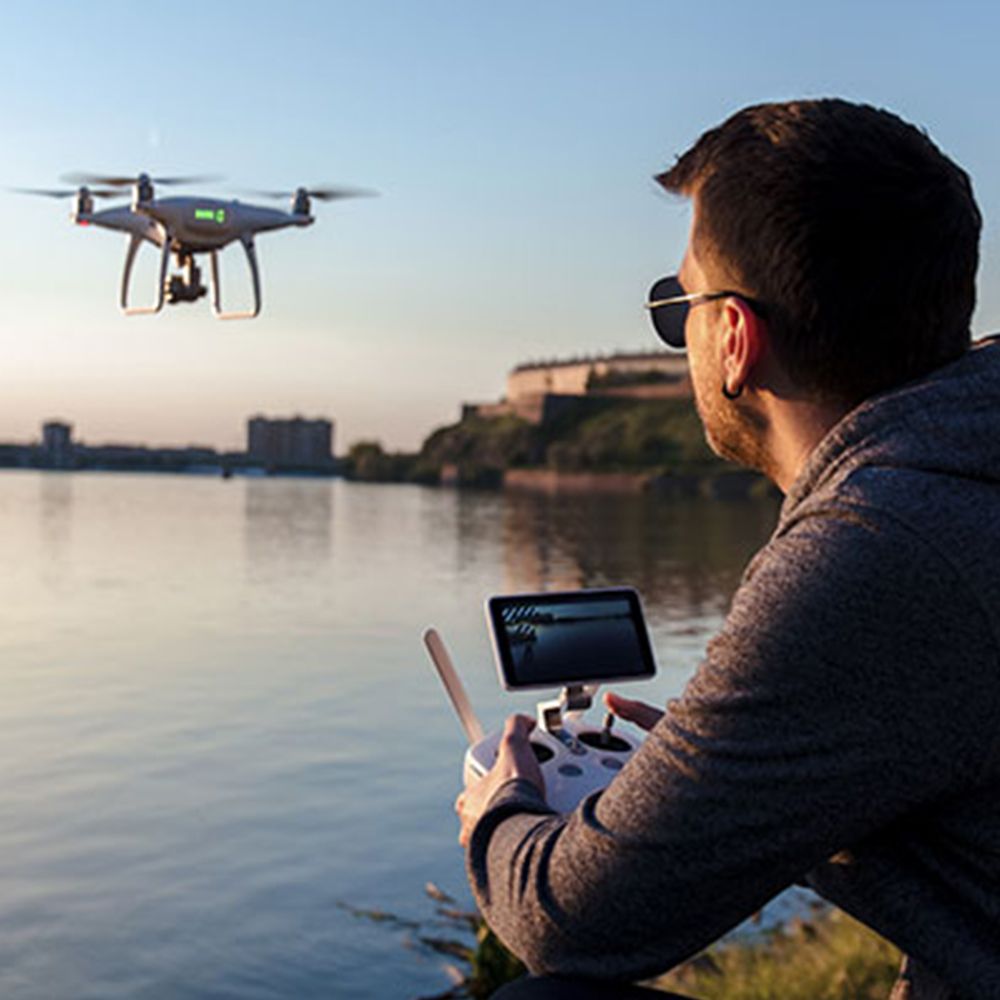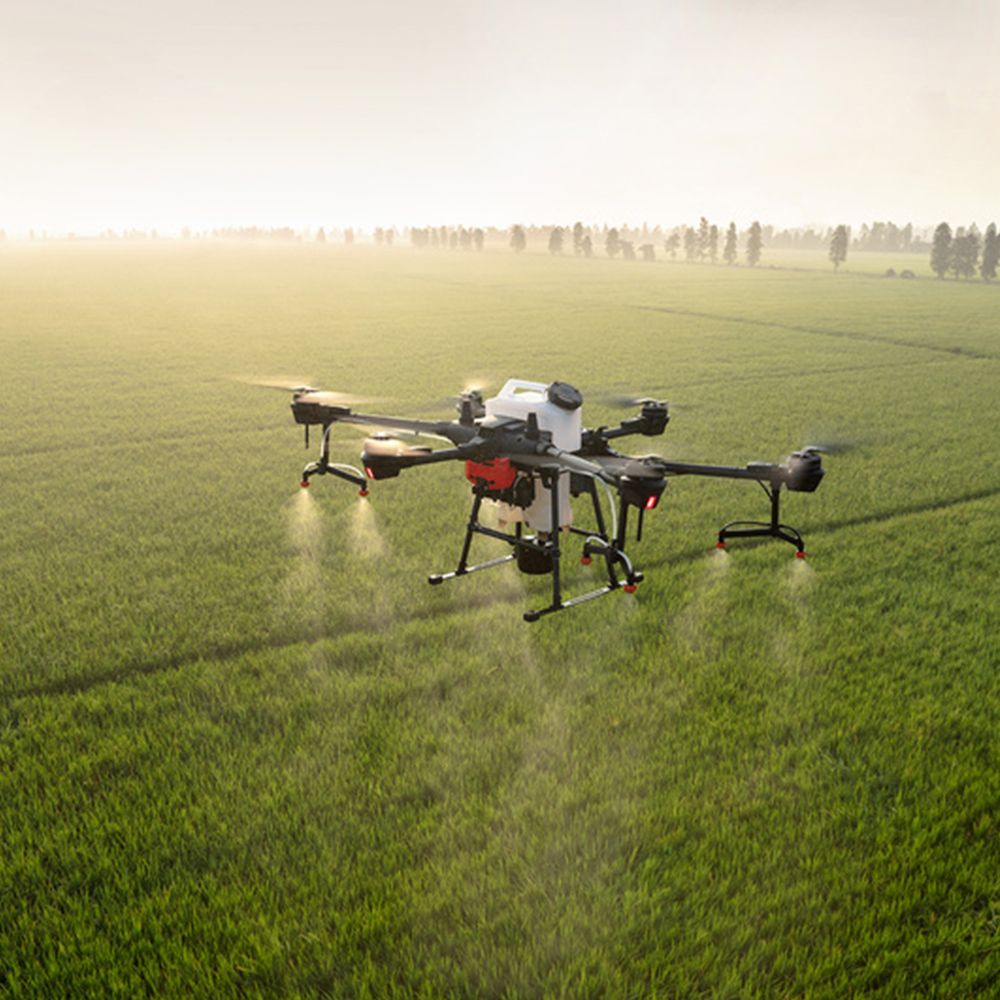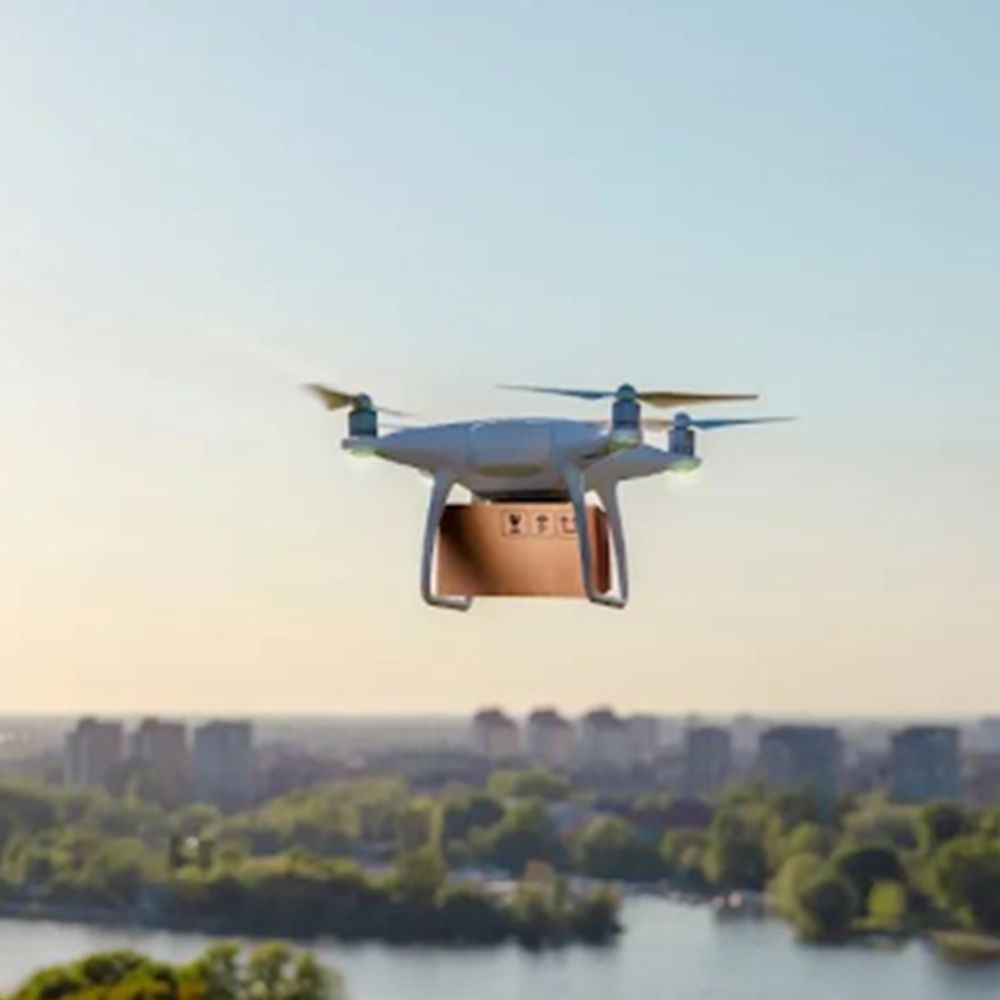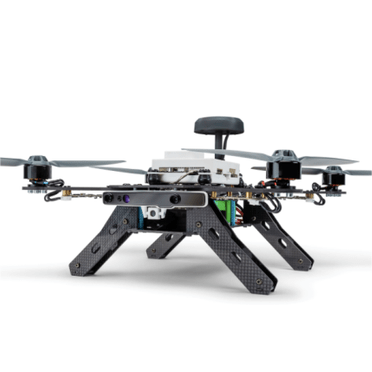Discover how drones are transforming emergency medical services by delivering speed, precision, and life-saving support in critical moments.
In recent years, drones have become more than just flying cameras. They are now vital tools in emergency medical services (EMS). With the ability to fly fast, avoid traffic, and reach remote locations, drones are changing how we respond to medical emergencies.
Speed Saves Lives
In a medical emergency, every second counts. Drones can reach patients faster than ambulances in crowded cities or isolated rural areas. For example, in Sweden, drones have delivered defibrillators to cardiac arrest victims faster than traditional emergency services. Read the study here.
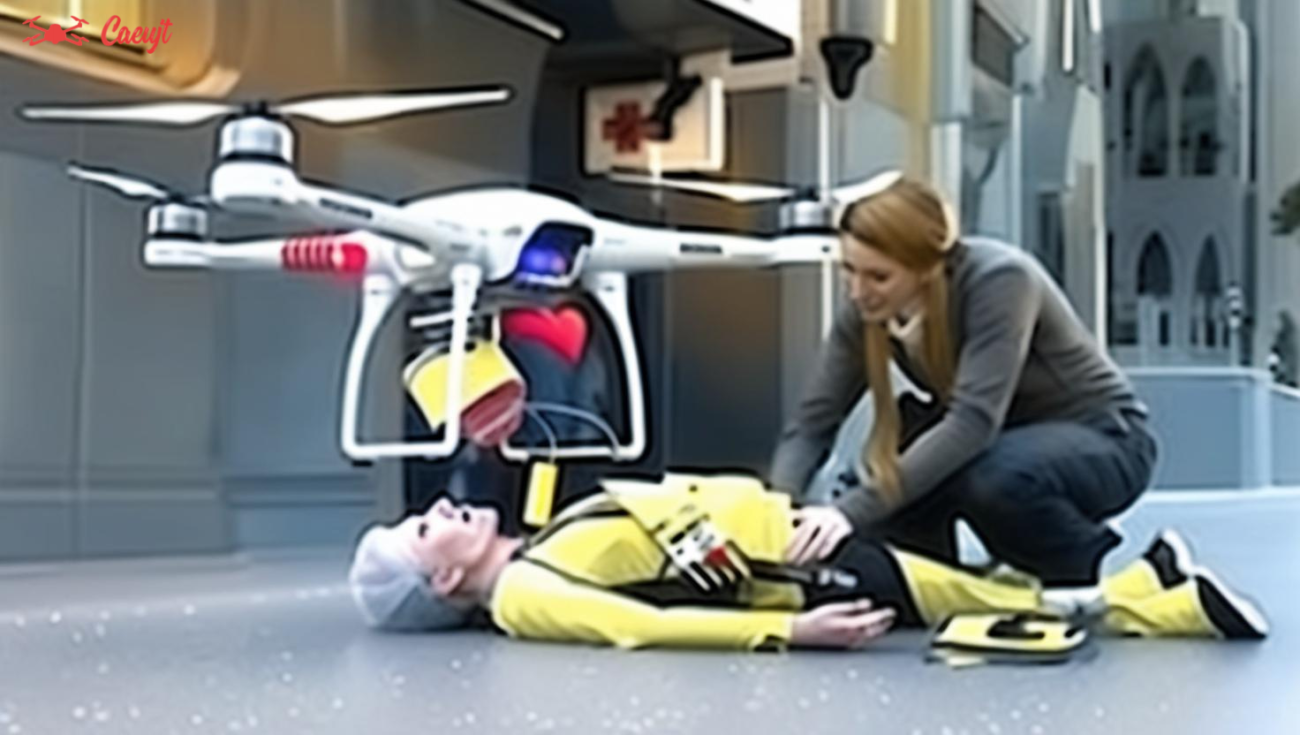

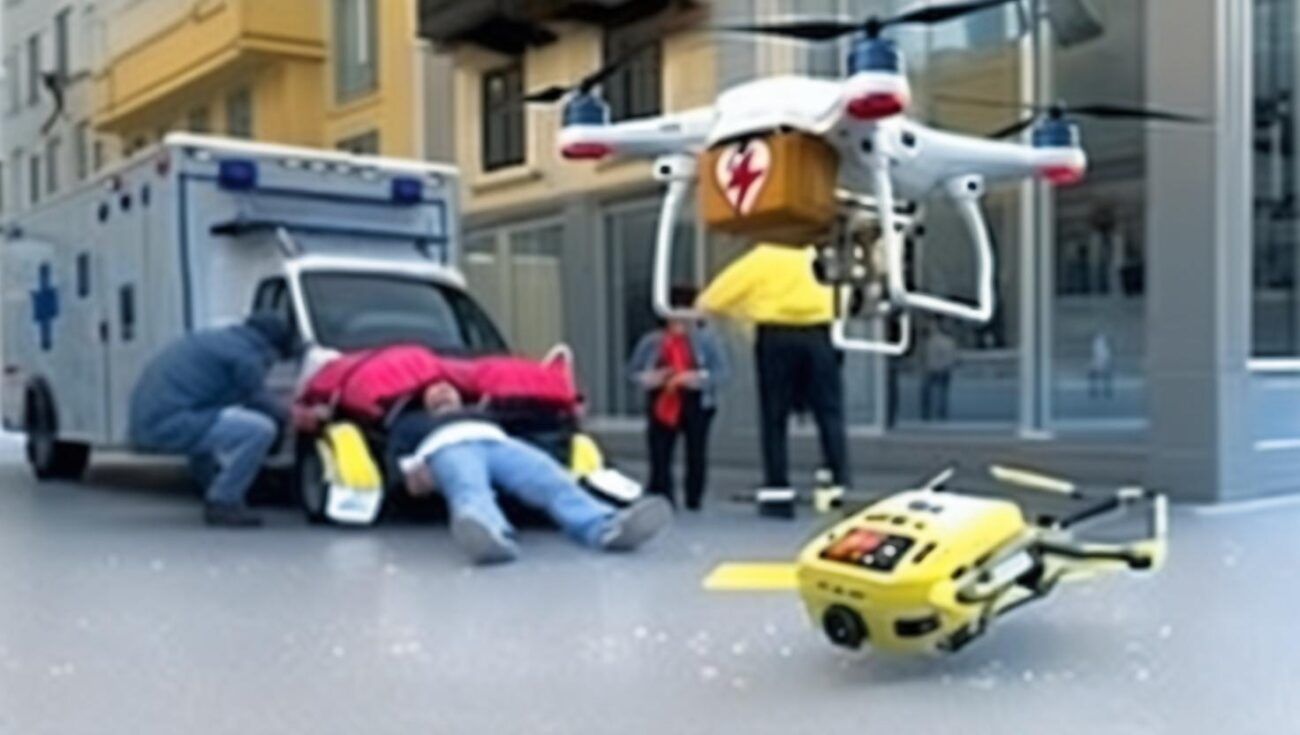
By reducing response time, drones help save lives. They also allow paramedics to prepare better by receiving real-time visuals before they arrive.
Delivering Critical Supplies
Drones can carry essential medical supplies like blood, vaccines, insulin, or first aid kits. In disaster zones or war-torn regions where roads are blocked, drones are often the only reliable delivery method.
For instance, in Rwanda and Ghana, drones deliver blood and vaccines to rural clinics daily. This has increased survival rates and improved the overall healthcare system.
Check out how Zipline is making a global impact with drone deliveries.


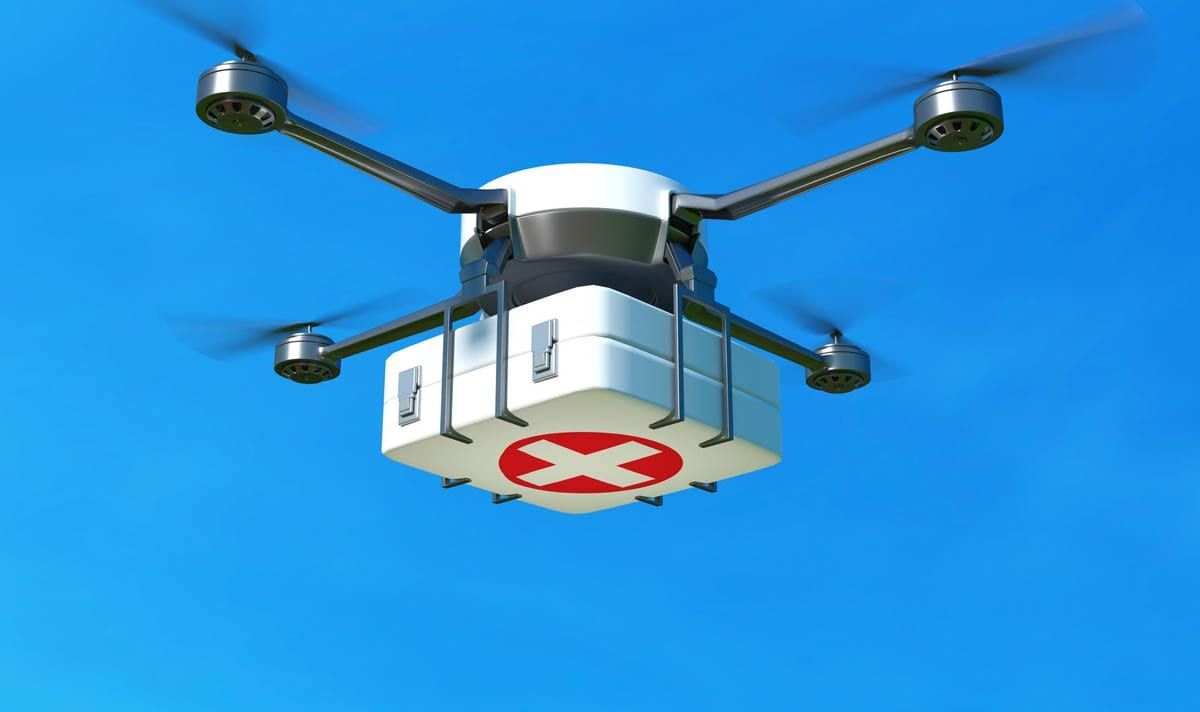
Supporting Search and Rescue
Drones are equipped with thermal cameras, night vision, and GPS tracking. These features make them ideal for search and rescue operations. They can scan wide areas quickly, locate missing people, and even drop emergency kits while help is on the way.
This is especially useful in natural disasters like floods, earthquakes, or forest fires, where human access is limited or dangerous.
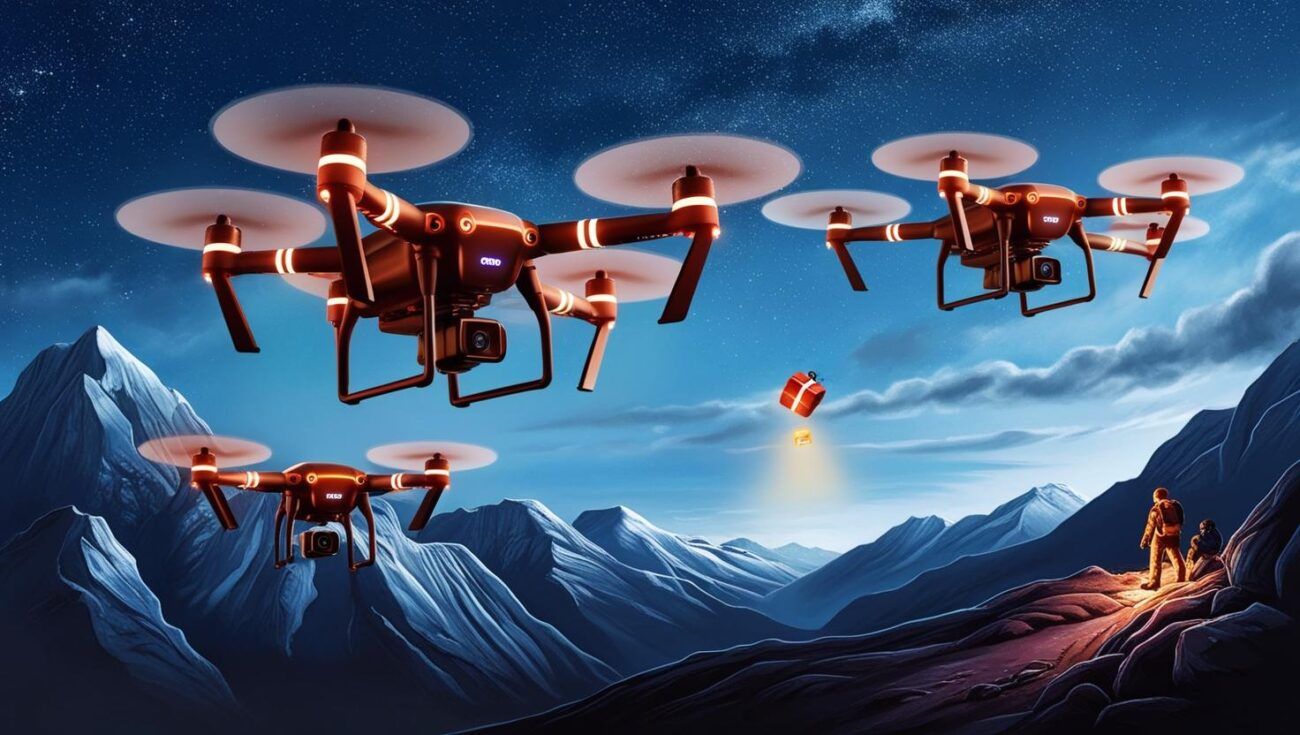

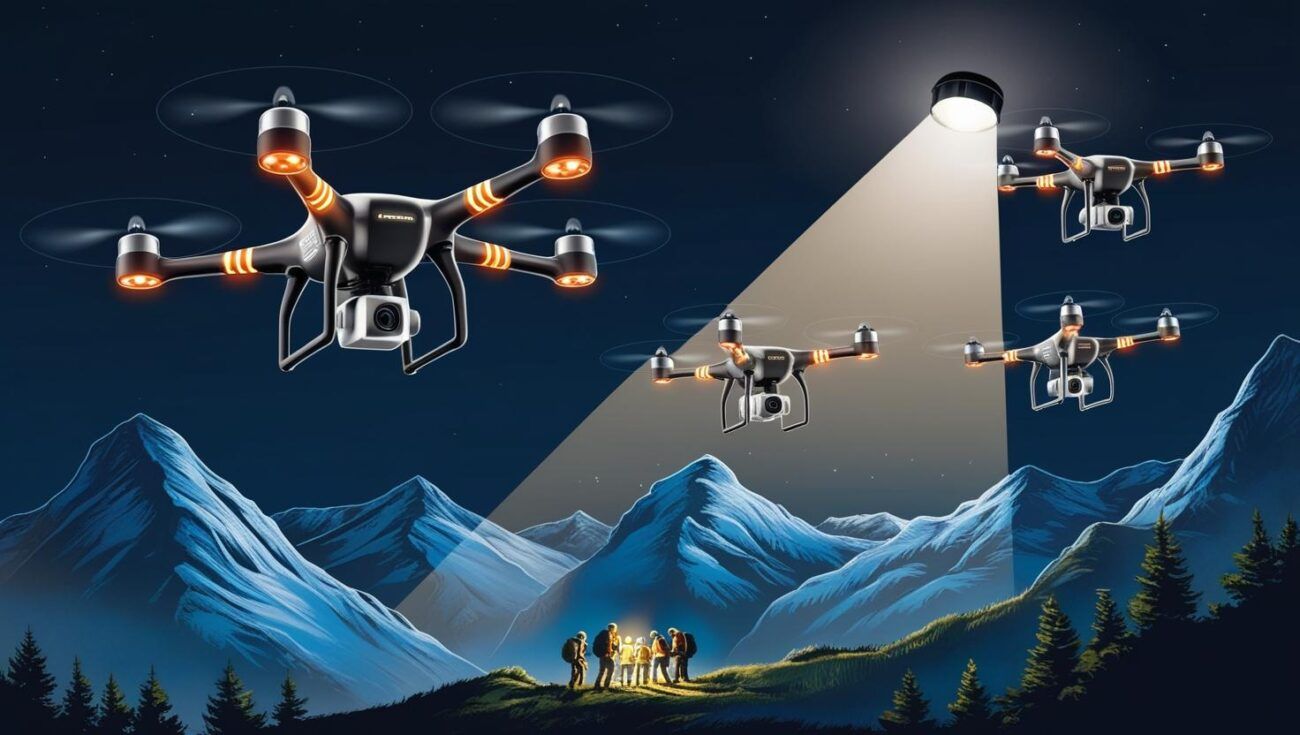
Safe and Cost-Effective
Using drones in EMS reduces the need for helicopters and large vehicles. This makes operations safer and more cost-effective. Drones also reduce risk to human responders in dangerous situations.
Moreover, they are eco-friendly. They consume less fuel and produce fewer emissions than traditional emergency vehicles.
The Future of Drones in EMS
At CAE UJT, we believe in the future of smart, life-saving drone technology. As laws evolve and technology improves, we can expect drones to become standard tools in emergency medical services worldwide.
Explore more about our drone solutions aquí.
Conclusión
Drones are not just machines; they are emergency responders. They fly faster, reach farther, and save more lives. As drone technology continues to evolve, its role in healthcare will only grow stronger.
Facebook: Caeujt
Instagram: caeujt
TikTok: dron7401
Gorjeo: caeujtdrone

